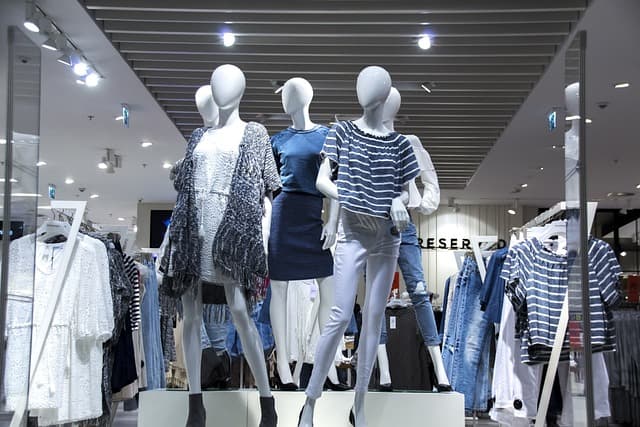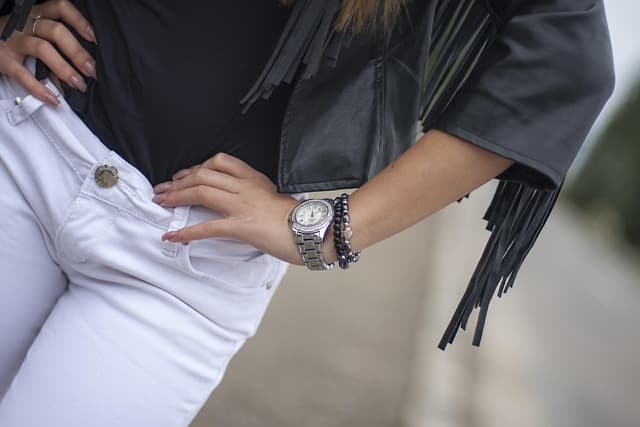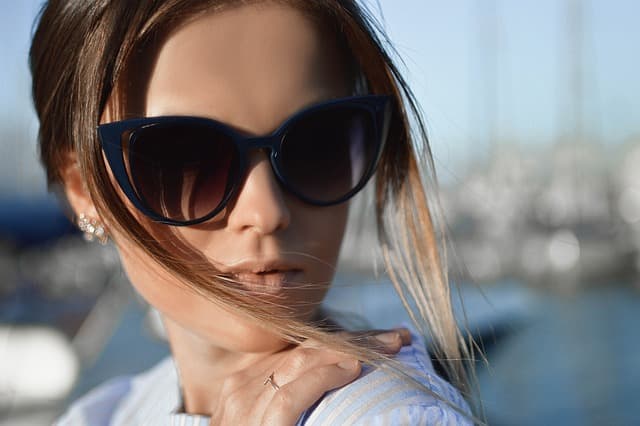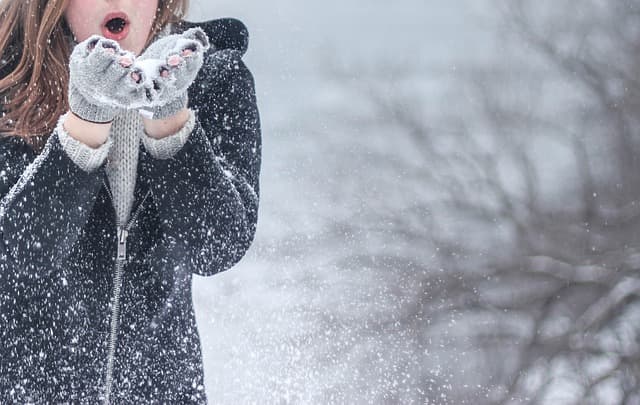Layering in clothes creates a chic and refined image. And both in the classic version: pants, jacket, vest, shirt, and in casual and sport styles. To create a layered image in different styles is a difficult task. However, knowing the rules of creating a layered image, you can learn to pick up clothes like a professional.
Types of layering
- Items of one kind. You can wear a dress and a skirt at the same time, a skirt with a skirt, a skirt with pants. For example, a set based on narrow shortened pants and a dress of classic length can be successful. A flared short dress with narrow jeans is not a bad option. An interesting option – on a short dress to put on a long skirt with a stocking. Only when moving it will become clear that under the skirt is not a blouse, but a dress.
- Ready-made clothes. The choice of layered skirts is large. They increase lushness in the area of the hips, can be made of different fabric, different colors and textures. Create a feminine and romantic image. Such a skirt (as if they were several) can be complemented with a T-shirt, vest, turtleneck, jacket or leather kosukha. The finished layered dress is complemented with loafers, leggings and the image is ready. Or a sweatshirt with a “false” elongated T-shirt: when the edge of the T-shirt is visible from under the elastic band of the sweatshirt. Here the choice is huge: and pleats and biker shorts and boxer shorts over leggings.
- Multifactoriality – combining items from contrasting fabrics. For example, thin chiffon combined with leather, batiste with denim. This technique is many years old, but it still looks good in almost any image.
Basics of working with layers
The fashion for layered style spread in the 70s of the 20th century thanks to hippies who put on voluminous shirts, tunics, combining several types of accessories: beads, scarves, chokers and so on, without thinking about restraint and rules. But even for the style “without rules” there are a few basic guidelines:
- Multilayering looks perfect on an elongated silhouette. If the set is formed for a plus-size model, it is recommended to use light fabrics, V-necklines, long beads, scarves and everything that emphasizes the vertical;
- The set will look great if you rely on the contrast of fabrics. Smoothness and relief, tough leather and delicate cashmere, vinyl with cotton are well combined;
- Colors should be either contrasting, visually clearly separable from each other, or vice versa: monochromatic sets (the same colors, the same saturation/diversity, etc.).
Composing a layered outfit
Fashion experts suggest striving for contrast between elements, as well as adhering to the gradient of length. One example of this type of layering would be a long unbuttoned shirt under a shorter sweater with an even longer coat. Another option is a short jacket over a maxi dress worn over leggings.
The principles of putting together a set:
- The bottom layer is the longest – a classic rule. But sometimes it can be neglected if the outerwear is not buttoned;
- Asymmetry makes the set expressive. A scarf or a shoulder bag will help in this. Vests made of leather, fur, in the style of “ethno” will create a unique image;
- Duplication. This is the use of items of clothing of the same type (two skirts, two cardigans), but better different colors and volume.
Layered looks are a great way to play with fashion that doesn’t like to be nerdy. Every trend should be interpreted from some distance, because only then you can avoid a ridiculous effect.





